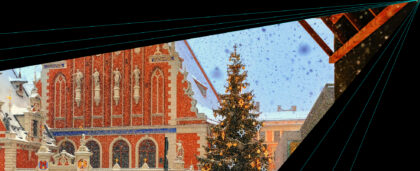Germany
St Nicholas and his counterpart, Krampus Night
In Germany, on the night of December 5, children participate in Krampus Night or Krampusnacht.
Before bed, they follow a simple routine:
- Clean and polish their boots
- Set their boots outside the front door
In the morning, they wake to find simple, small gifts from Saint Nicholas. But only if they’ve been good throughout the year; otherwise, they may receive a visit from Krampus.
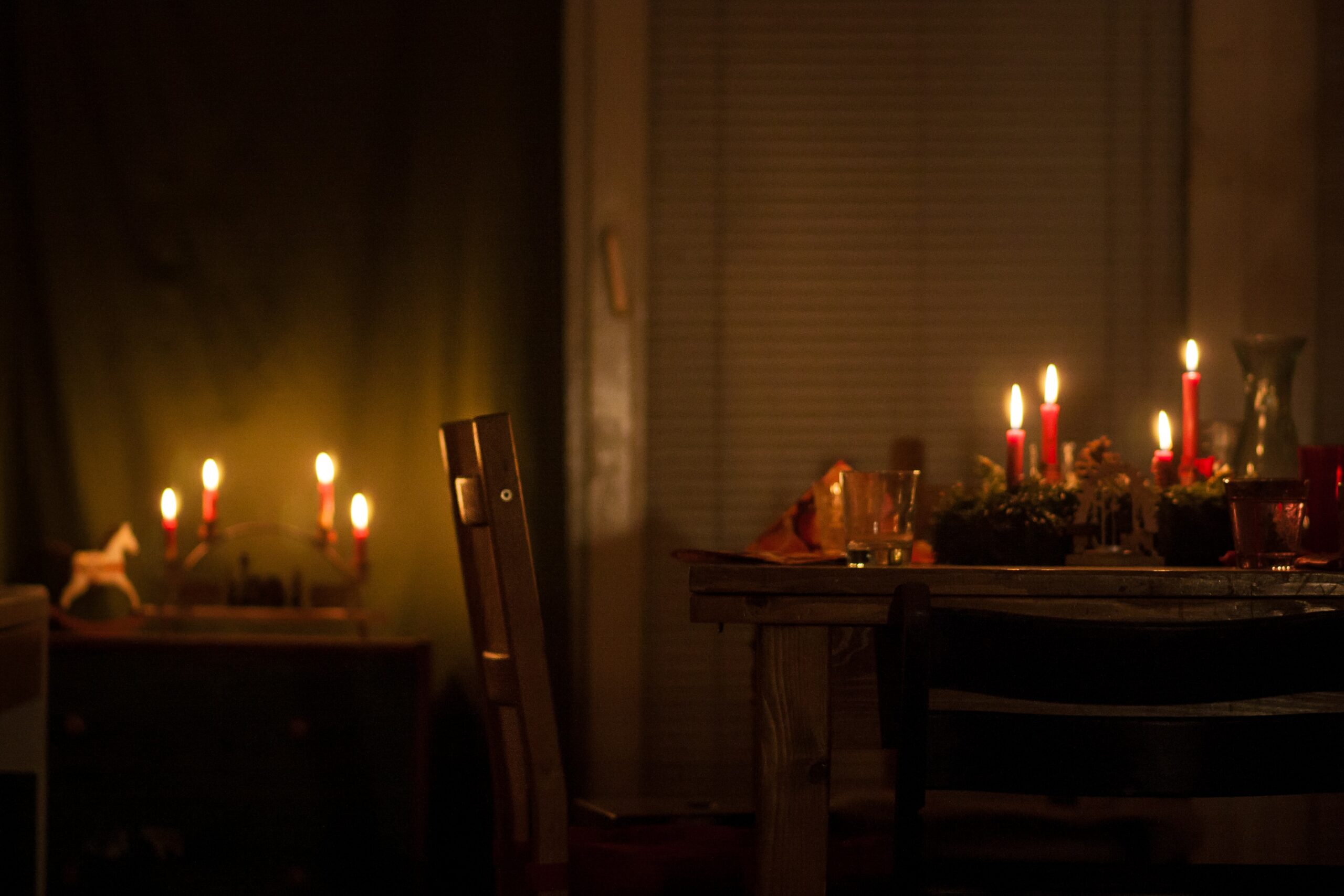
Photo: Faizan / Unsplash.com
Who is Krampus?
Krampus is the less generous half-goat, half-demon counterpart to Saint Nicholas. Saint Nicholas brings gifts to the children on the morning of December 6, while Krampus traditionally scares and punishes misbehaving children who don’t receive any toys.
The bravest kids might even go “Krampus-hunting” as a way to show their courage!

Nils Proschek, Head of Business Development DACH
Krampus is a conqueror, he is strong, fearless and powerful. Some like the tradition, others don’t. In Austria and the south of Germany (i.e. Berchtesgaden), every child knows the saying: “If you’re not nice, Krampus will get you.”
Austria
Ball season in Vienna
From November to February every year, the Austrian capital of Vienna hosts over 400 balls. This elegant tradition attracts over 300,000 dancers from all over the world, eager to show off their skills. Attendees wear masks and costumes, giving the ball a Carnival-like feeling.
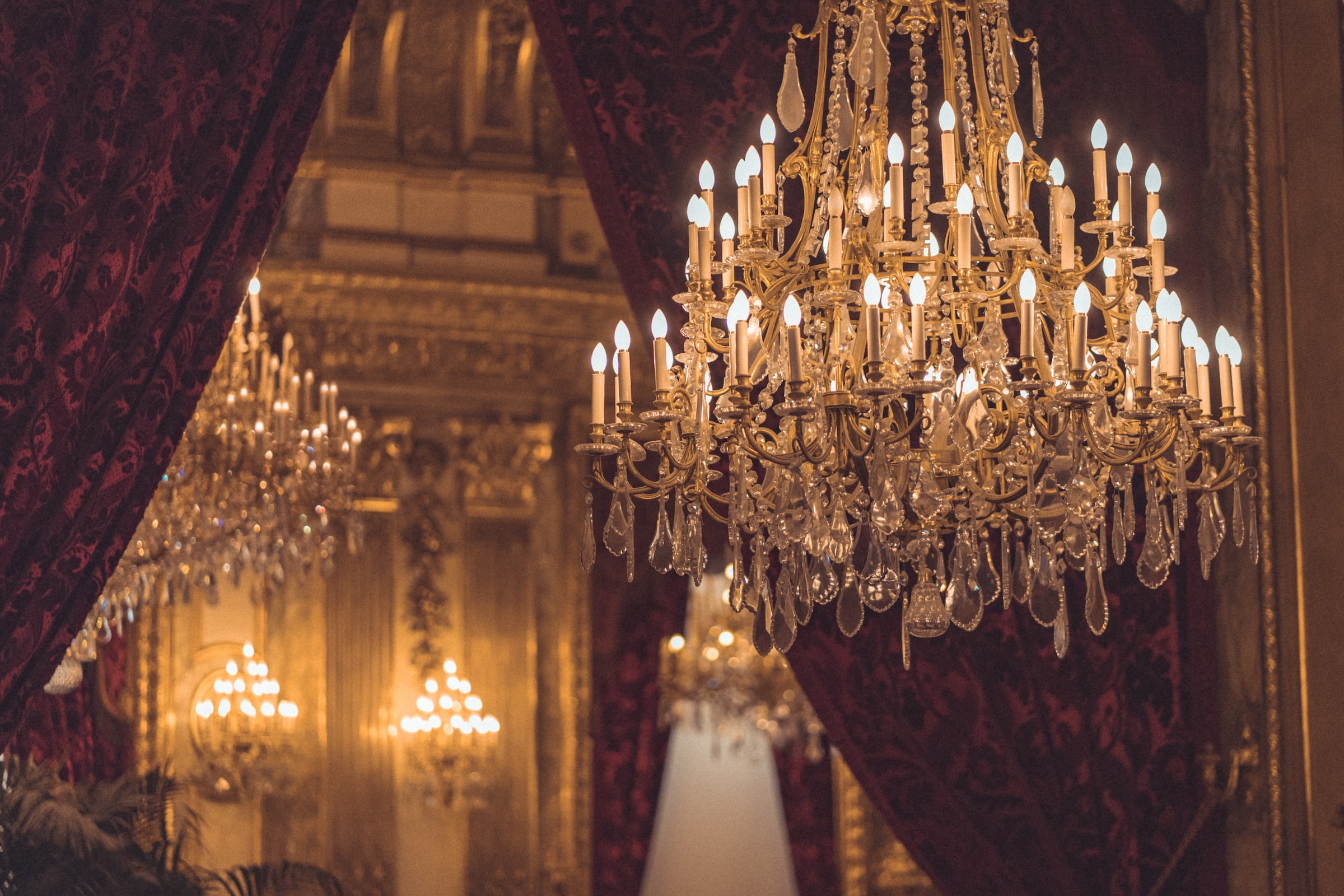
Photo: William Krause / Unsplash.com
Austrian balls have a particular historical significance after Emperor Joseph II opened balls up to regular citizens. Now, people of all statuses and backgrounds can enjoy waltz balls, opera balls, and even the famous New Year’s ball.
Switzerland
Giant top hat parade in Ziefen
Picture a parade full of top hats, walking in order from the tallest to the smallest! This is a unique Christmas tradition that takes place every year in Switzerland.
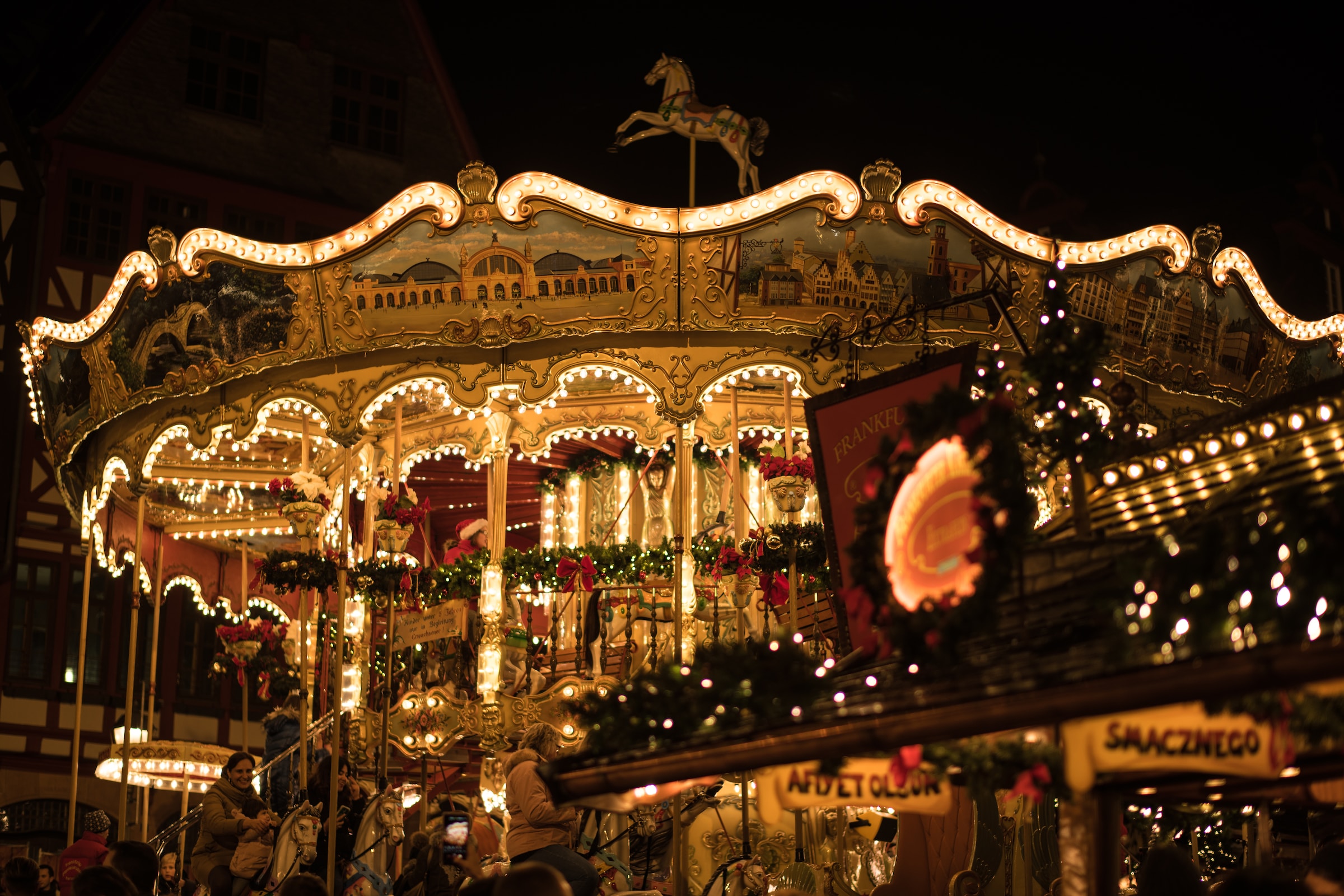
Photo: cmophoto.net / Unsplash.com
When does the parade happen?
The parade takes place on Christmas Eve. At the stroke of nine in the evening, the Giant Top Hat Parade commences, where men in top hats step in time to the sounds of the ringing church bells.
The big black top hats are up to 4 meters (13 feet) high and must be fixed into place using wooden slats and tape.

Nils Proschek, Head of Business Development DACH
The Nünichlingler Ziefen are on the list of living traditions in Switzerland, including the UNESCO list. Today’s iteration is the more “mannered” form of earlier wild parades that have been cultivated for about half a century and have been known in various villages in the Baselland district since the beginning of the 19th century.
Spain
The Three Wise Men or Los Reyes Magos
Spanish people celebrate Christmas Eve and Christmas Day, but there is another important gift-giving holiday that they love.
The traditional custom in Spain is that presents are delivered to children on January 6 by the Reyes Magos, the Three Wise Men — three men who followed the North Star to the town of Bethlehem to welcome baby Jesus into the world.
On the evening of January 5 every year, the Reyes Magos (also known as the Three Wise Men) ride down the streets of every town, village, and city in Spain
They travel on impressive parade floats, tossing little gifts and candy to the excited children below, who wait with upturned umbrellas to catch everything!
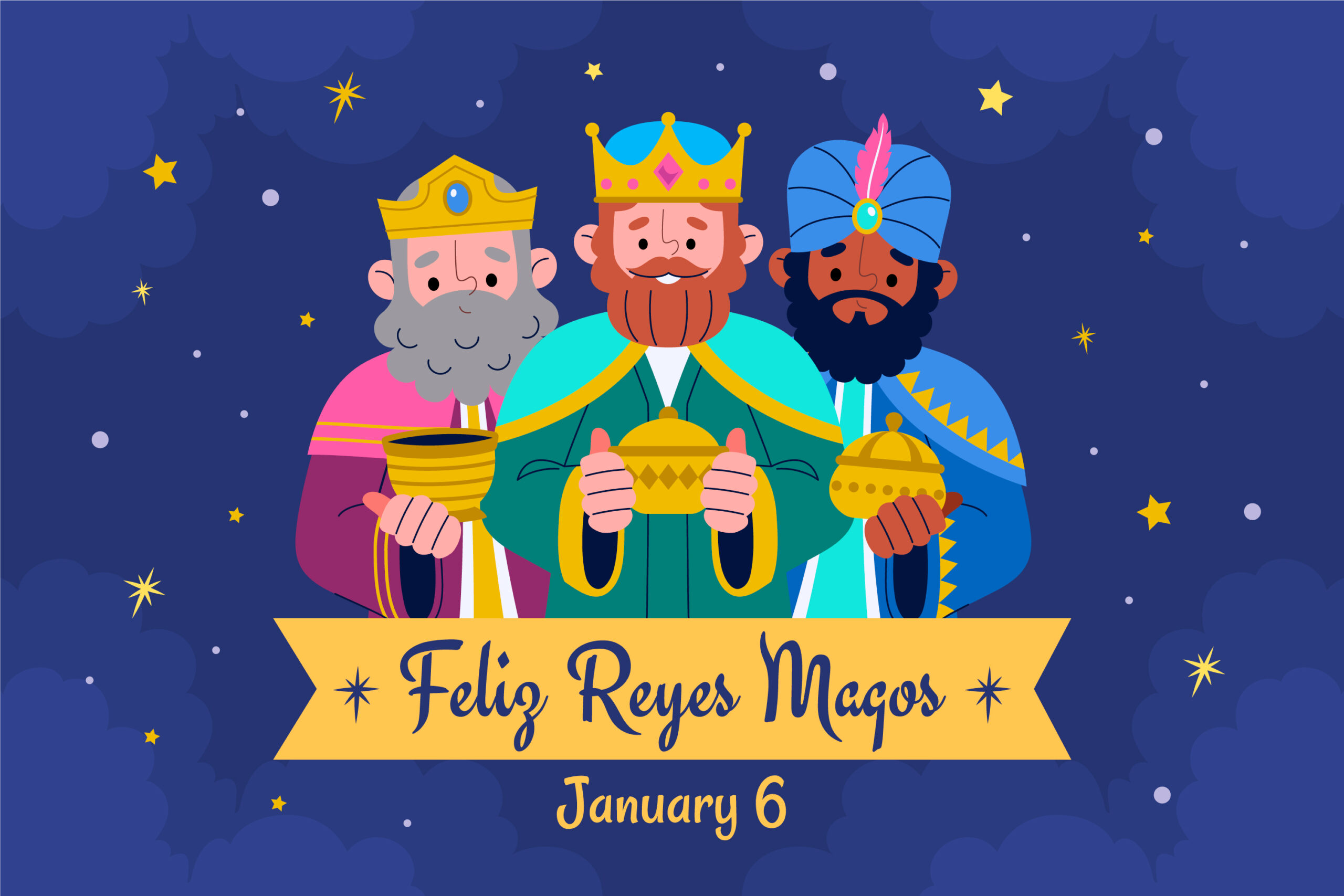
Image by Freepik
Children in Spanish families typically enjoy presents on both Christmas and January 6. But why? It’s thought that Christmas has become a more popular time to give children gifts in Spain so that they have more time to enjoy them before returning to school on January 7, the day after Los Reyes Magos.

Samia Lahlou, Head of Business Development Iberia
This tradition is magic, especially when you live it through the eyes of children! On the 5th January, children are so excited to see the Three Wise Men arrive all the way from the East to towns across the country through joyful parades known as the Cabalgatas de Reyes and the next morning they open the gifts they brought. Families often get together on Three Kings’ Day to share a special meal including the Roscon, a sweet pastry with candied fruits.
Portugal
Enjoying the season with delicious treats
Christmas traditions in Portugal are more likely to be related to food, and in general, Portuguese people prefer to be homebodies during the holiday season. Their traditions take place in the home with family, friends, and, of course, food.

Photo: Letícia Pelissari / Unsplash.com
However, you can also visit Christmas fairs in major cities, as the great Christmas fairs of Western Europe continue to spread around the world.
How does holiday food differ around Portugal?
Seafood is a staple of holiday meals throughout the country, but there are differences between the north and south of Portugal. In the north, people tend to eat octopus, and in the south, they prefer cod fish.
Their sweet treats are also different. In the north, people make bananas — a fried bread dish with egg, cinnamon, sugar, and syrup made of Porto wine and honey. People in the south also enjoy sweet treats. They eat Filhós, which is a sweet fried batter.
Italy
Befana
Most famously, children around the world receive presents from Father Christmas on Christmas Eve, but this tradition differs slightly in Italy, where “La Befana,” an old woman, delivers gifts on Epiphany Eve.
What is Epiphany Eve?
Epiphany Eve is a religious Italian holiday that takes place on January 5th.
What is the legend of La Befana?
Legend has it that the Three Wise Men came to La Befana’s house and invited her to join their search for Christ. However, she was too busy with housework, so she declined.
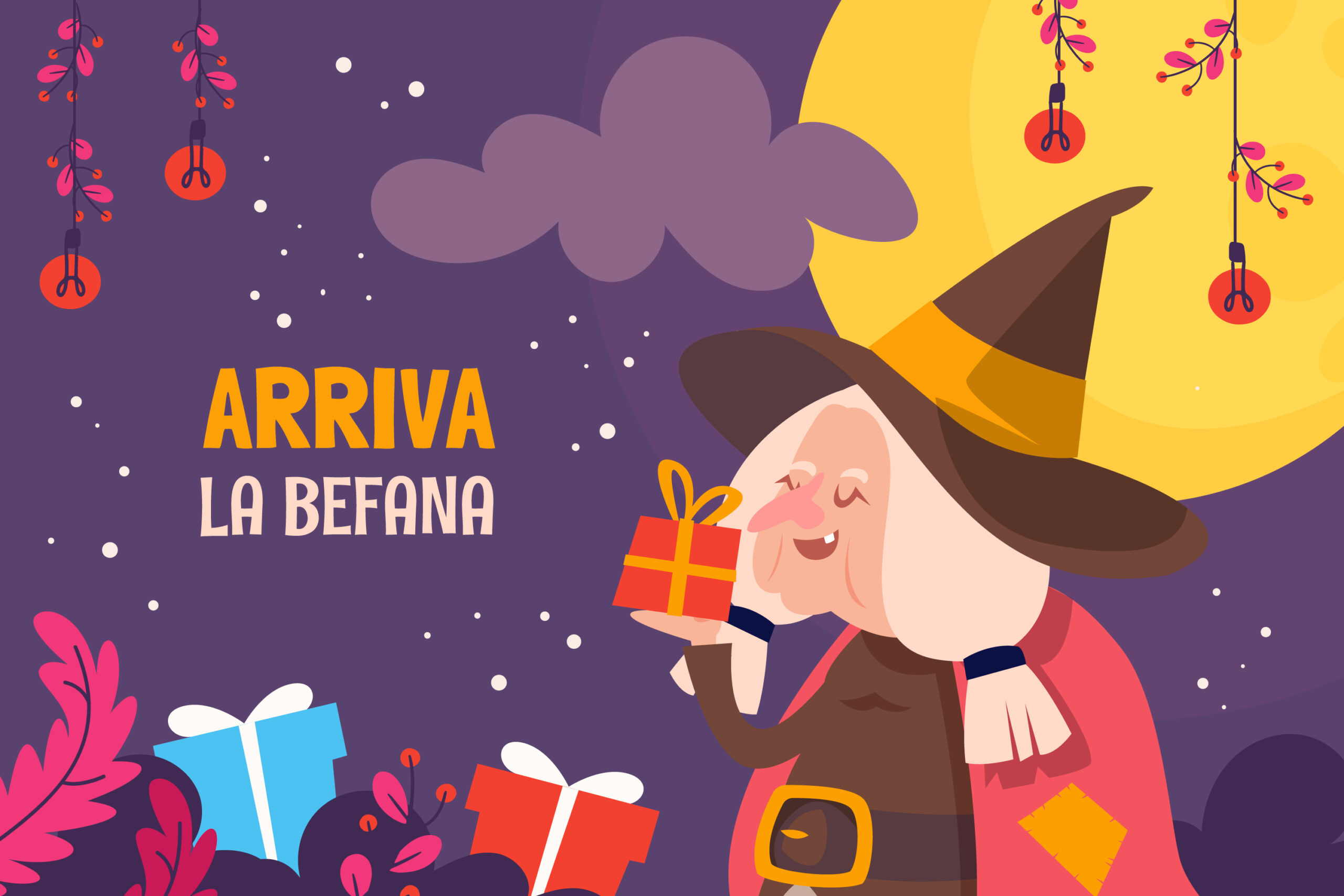
Image by Freepik
Later, La Befana changed her mind, and to this day, she is still searching for the child, leaving presents for any good children she comes across.
Poland
Christmas Eve table
In Poland, nothing is to be eaten until all members of the family have broken the Christmas wafers (opłatek) together and exchanged wishes for good health and prosperity.
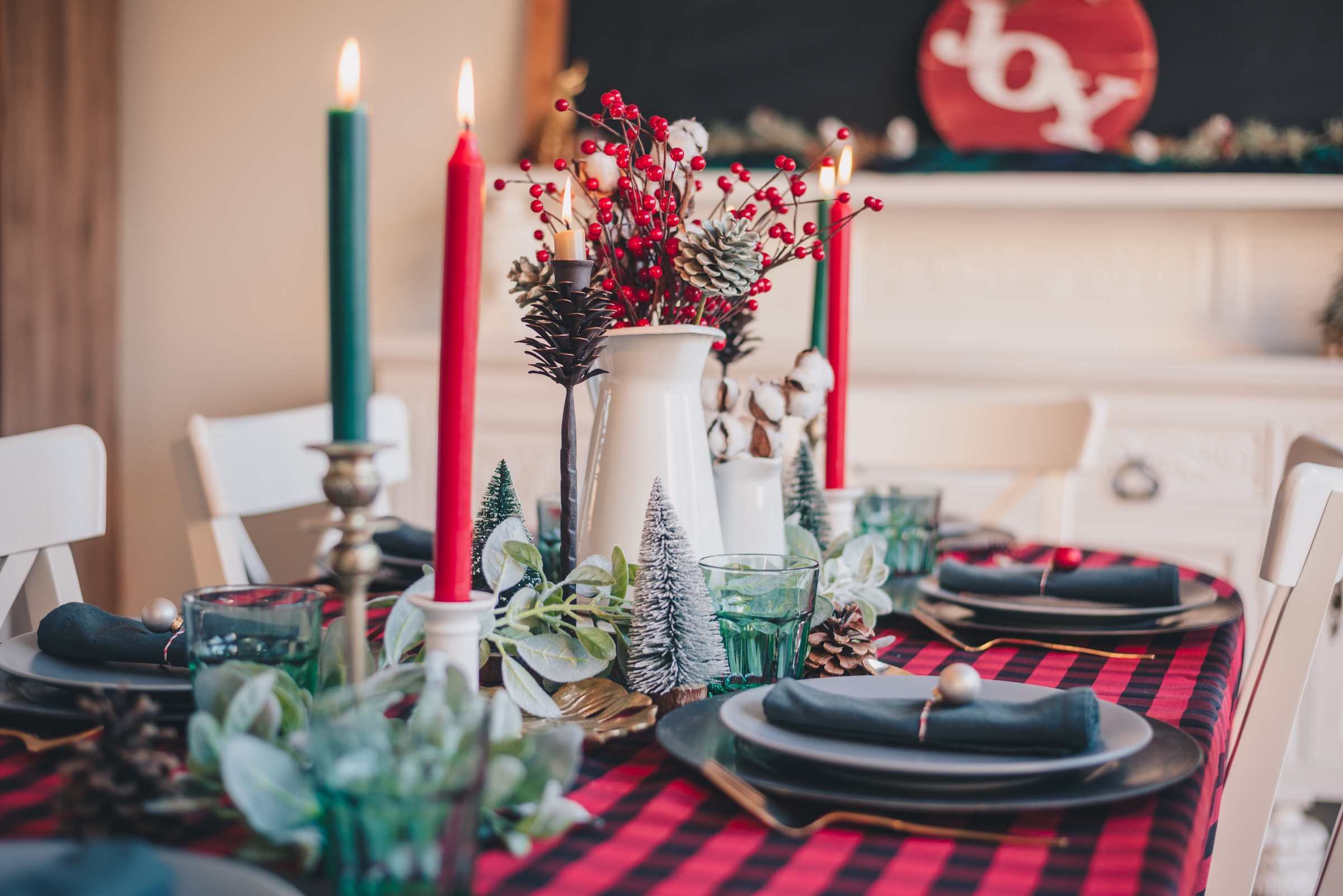
Photo: Libby Penner / Unsplash.com
What else is unique about Poland’s Christmas dinners?
Many Polish people also try to have 12 dishes on the table for the 12 apostles. Some people also believe that 12 is lucky for the months of the year.

Piotr Wiklak, Head of Business Development Visegrad Group
The Christmas Eve wafer is an integral part of the Polish Christmas Eve tradition. It symbolizes bread, which, like the wafer, should be shared with others. We cannot imagine Christmas Eve without it. It reminds us of family love, friendship, reconciliation, and forgiveness. It makes us forget about misunderstandings, quarrels, and feuds, wishing each other the best from the bottom of our hearts.
Why 12 dishes? At the very beginning, it had to do with the number of months in the year for which we give thanks by putting dishes on the table. Later, however, 12 Christmas Eve dishes were associated with the Last Supper and were given religious significance.
Today it is said that the 12 dishes symbolize the 12 apostles who accompanied Jesus Christ. There are also several superstitions in connection with the Christmas Eve dinner. One should taste the twelve dishes so that each month will abound with health and prosperity in the coming year.
France
The thirteen desserts of Provence
In Provence, a region in southeastern France, there is a famous practice of laying out thirteen different French desserts after a big dinner from Christmas Eve to December 27th.
Guests then pick and choose according to their liking, but there is a catch.
Each person has to taste each of the 13 desserts throughout the evening for good luck.
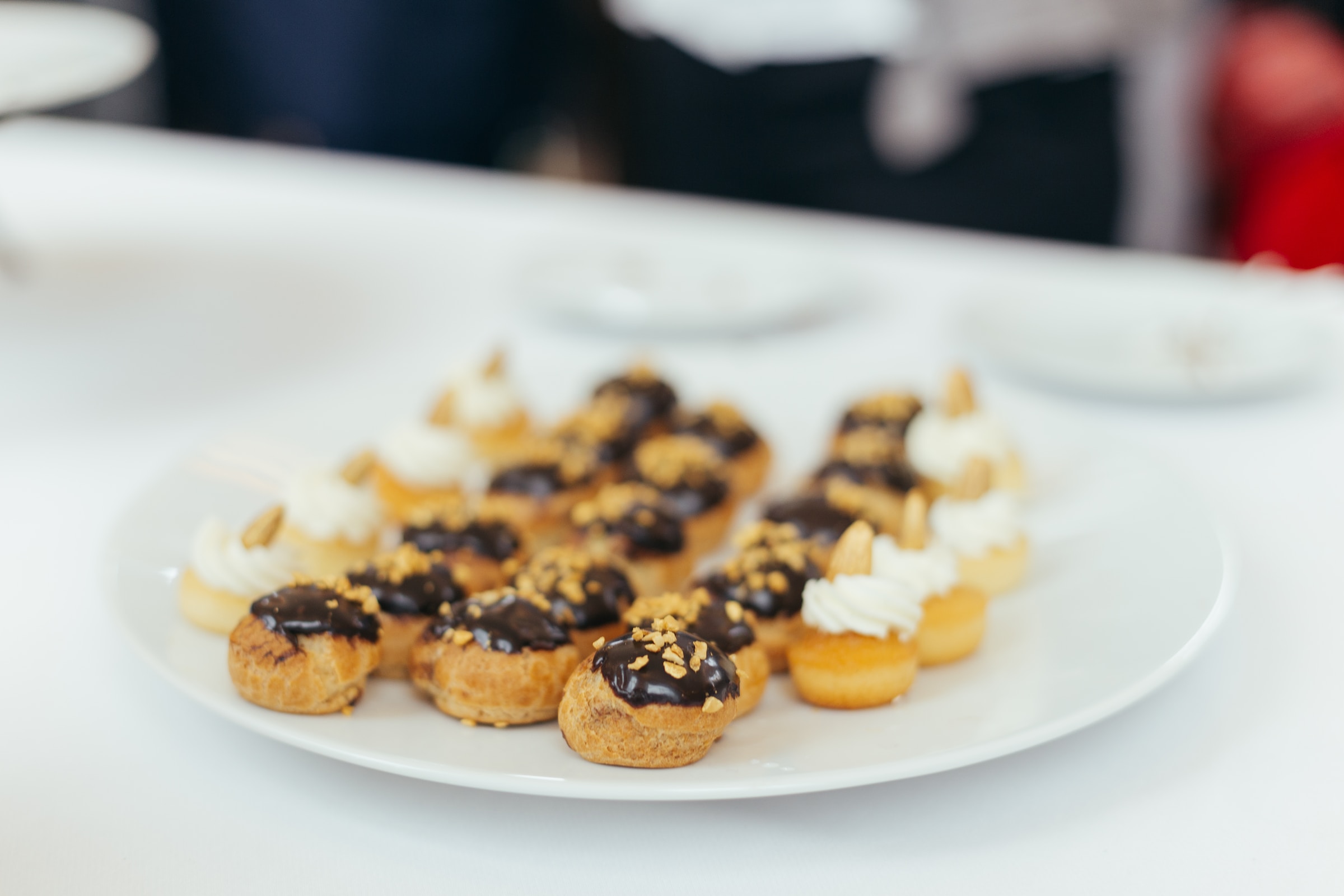
Photo: Paul Hanaoka / Unsplash.com
Why does each person need to taste all 13?
It is believed that the custom originates from the time of the last supper with Jesus and his 12 disciples, so the number thirteen is significant.

Anne Falco, Head of Business Development France, BeNeLux & North Africa
This is indeed a very local tradition of Provence that is only celebrated there and not followed in the rest of the country. It is often documented on TV shows during the holiday season, even if it is uncommon in the rest of the country. France has many local and regional traditions, and experiencing them is an amazing way to immerse yourself in the culture!
Belgium
Getting their party on!
Belgians are known for attending a great deal of parties during the holiday season. In fact, the average Belgian goes to an impressive 3.3 Christmas parties during the holiday season. Young people and families tend to go to even more, with an average of 4.5 parties in the winter months.

Image by Freepik
For most Belgians, Christmas is the perfect opportunity to get together with family, and Belgians love to celebrate with food, games, and gift exchanges.
Despite Christmas Eve and Christmas Day being mostly reserved for family parties, Belgians also regularly celebrate with friends throughout the season.

Anne Falco,Head of Business Development France, BeNeLux & North Africa
Belgians are indeed well known for their love of good food and drink, and Christmas is of course the perfect occasion to enjoy a lavish feast. Why only limit oneself to 1 occasion when you can have at least 3? Christmas parties are usually filled with traditional Belgian dishes and drinks.
Ireland
A light in the window
One old custom that many continue to observe in Ireland is placing a candle in the window on Christmas Eve.
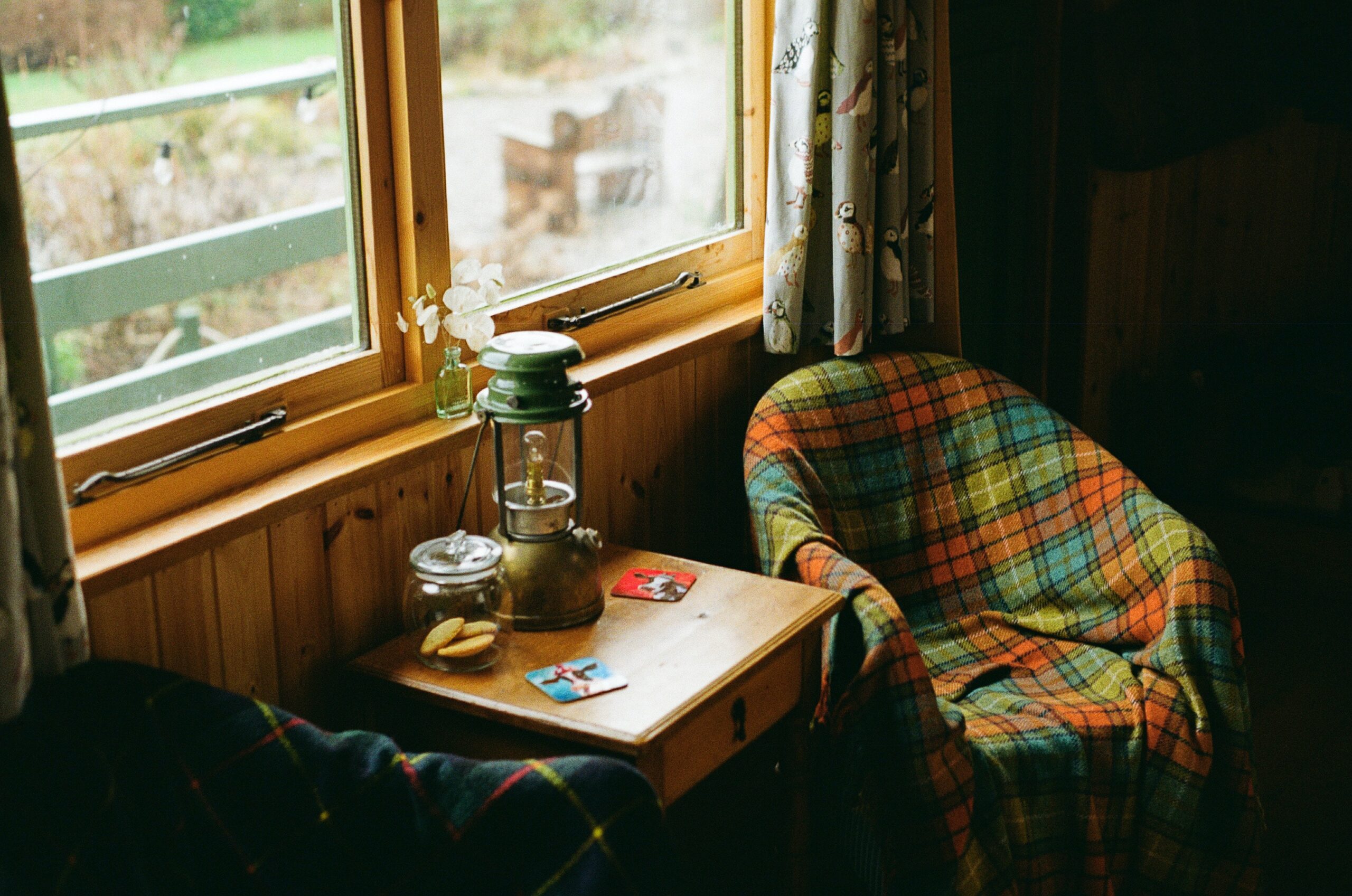
Photo: Anne Nygård / Unsplash.com
What does the light in the window mean?
The people of Ireland use the light in the window as a symbol to welcome strangers and remember those who are far away from home.
Where can you see lights in windows in Ireland?
There is a permanent candle in the window of Aras an Uachtarain. This light is thanks to President Mary Robinson.
She famously re-adopted the custom during her term of office to remember all of the emigrants who had left Ireland and to let them know the candle in the window would always be lit to remember them and show them their way home.
United States
Popcorn on the Christmas tree
While Christmas trees as we know them are said to have originated in Germany in the 16th century and brought to German settlements in Pennsylvania, the popcorn garland is a purely American thing.

photo: Corina Rainer / Unsplash.com
Why do Americans use popcorn garland on the tree?
As Christmas trees were a relatively new idea, people in the U.S. had to get creative with their décor. Apparently, recently settled German Americans favored using fruits and nuts, thus turning to popcorn, which was well-loved among American families.
Discover the unique Christmas traditions with RateHawk
Now that you know more about the most unique Christmas traditions around the globe, where would you like to take a tour to? Helping others experience new cultures is one of the best aspects of arranging travel.
At RateHawk, we love to see just how much people can immerse themselves in new places by participating in tradition. To learn more about traveling and discovering new cultures and traditions, check out the rest of our blog.

